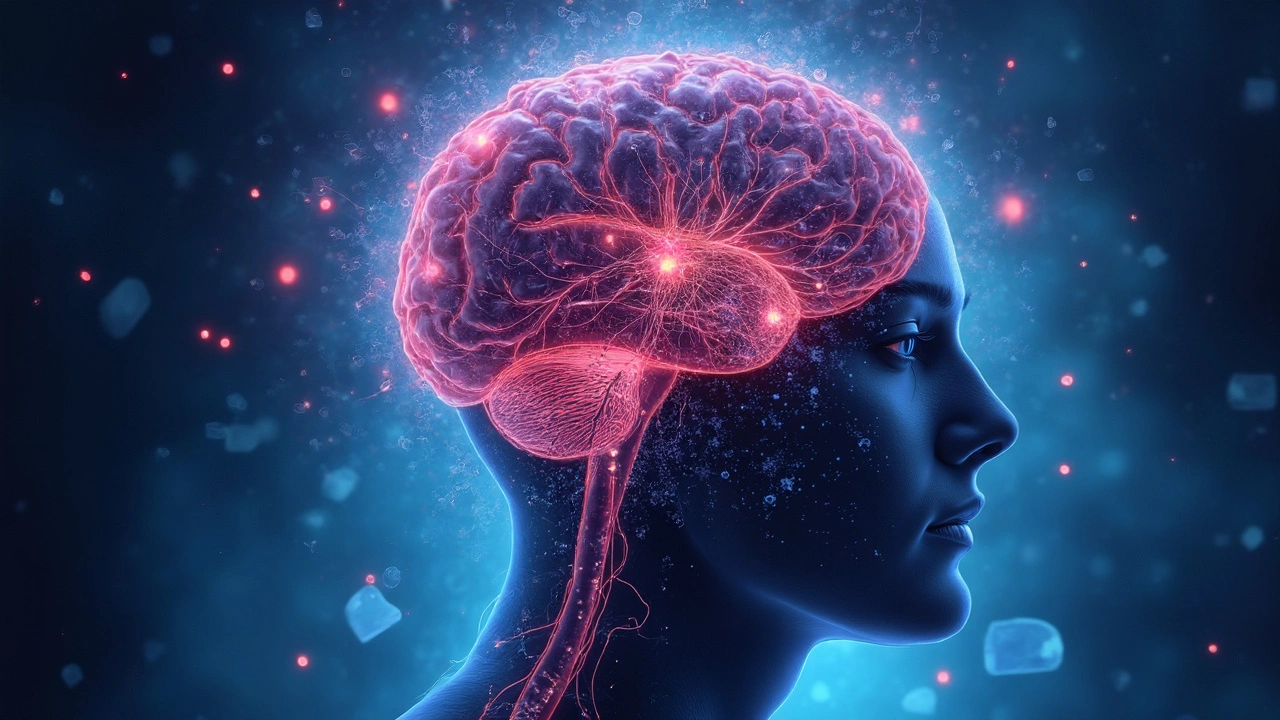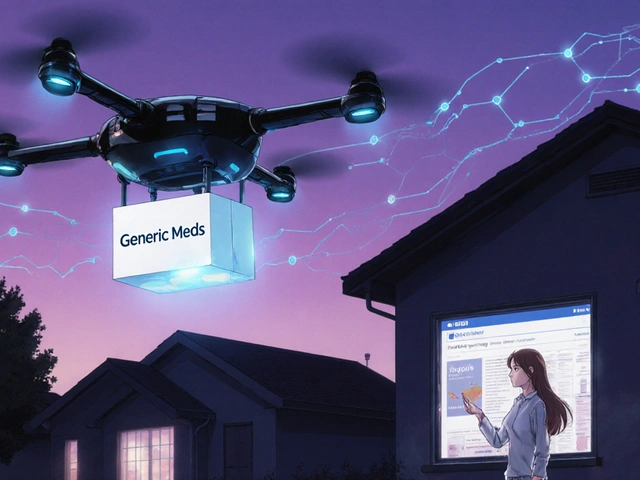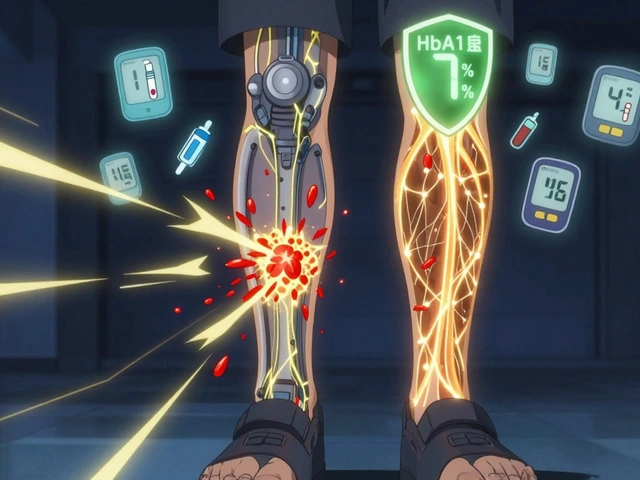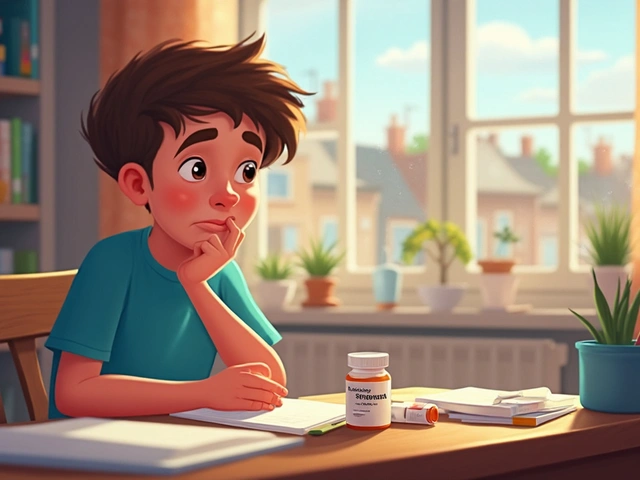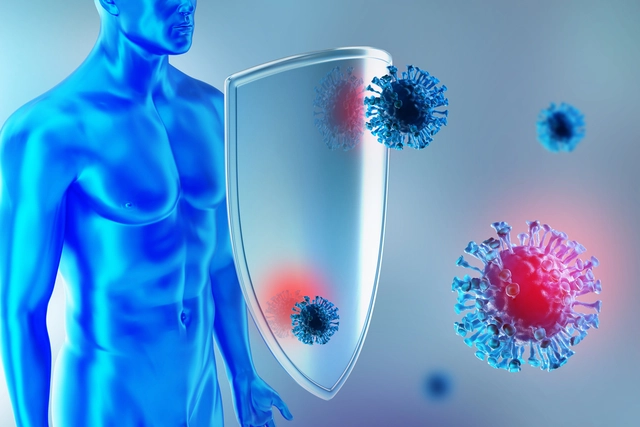Opioid addiction: how to spot it, get help, and stay safe
Opioid addiction moves fast and quietly. One minute someone is using prescription painkillers or heroin recreationally, the next they’re dependent and at real risk of overdose. The good news: effective help exists — from naloxone to medication-assisted treatment — and you don’t have to go it alone.
Recognize the signs
Physical clues are often obvious: pinpoint pupils, drowsiness, slow breathing, slurred speech, or sudden weight loss. Behavioral changes matter too — missed work or school, secretive actions, borrowing money, and abandoning hobbies. If prescriptions are being lost frequently or someone is doctor-shopping, take it seriously. Withdrawal signs include sweating, nausea, muscle aches, anxiety, and insomnia; those symptoms can push someone back into using if they don’t get supervised care.
Treatment and harm reduction that actually help
Medication-assisted treatment (MAT) is a frontline approach. Medications like methadone and buprenorphine reduce cravings and withdrawal and let people function normally while they work on recovery. Naltrexone blocks opioid effects and can help those who prefer a non-opioid option. Counseling, peer support, and case management improve outcomes — medication plus therapy usually works better than either alone.
Harm reduction keeps people alive and gives them a chance to seek treatment. Naloxone (Narcan) reverses an opioid overdose fast — pharmacies, community groups, and many clinics supply it without a prescription in many places. If you suspect an overdose, call emergency services, give naloxone if available, and do rescue breathing if the person isn’t breathing. Don’t leave them alone; after naloxone wears off, opioids can take over again.
Fentanyl test strips can detect fentanyl in street drugs and reduce accidental overdoses. Safe-use practices — not using alone, using smaller amounts, and having naloxone on hand — cut immediate risk. If someone wants to stop, supervised detox is safer than quitting cold turkey, because withdrawal can be intense and uncomfortable but manageable with medical support.
Where to turn? Start with your primary care provider, local health clinic, or an addiction specialist. Many areas offer quick access to buprenorphine through clinics and telehealth. In the U.S., SAMHSA’s helpline (1-800-662-HELP) can connect you to local services; if you’re elsewhere, check community health centers or local harm-reduction groups. Peer-led groups like SMART Recovery or traditional 12-step meetings can add structure and support.
If you’re supporting someone: set boundaries, keep naloxone nearby, and encourage medical care without lecturing. Avoid enabling behaviors like covering up for missed responsibilities. Recovery is usually a series of small steps — celebrate the wins and be ready for setbacks.
If you or a loved one is in immediate danger from overdose, call emergency services now. For ongoing help, look for clinics offering MAT, local harm-reduction organizations, or a trusted doctor who treats addiction like a medical condition, not a moral failing.
Georgea Michelle, Apr, 24 2025
Opioid Addiction and the Brain: The Real Science of How We Get Hooked
Opioids don't just dull pain—they hijack the brain's wiring in powerful ways. This article digs into how opioids mess with your brain chemistry, making quitting much harder than just willpower. You'll learn why withdrawal feels so awful and why the brain craves more, plus some tips to protect yourself if opioids ever end up in your life. We'll break down the real science, minus all the heavy jargon. If you've ever wondered why opioid addiction is such a tough beast to fight, buckle up.
View More
